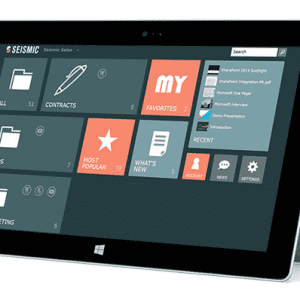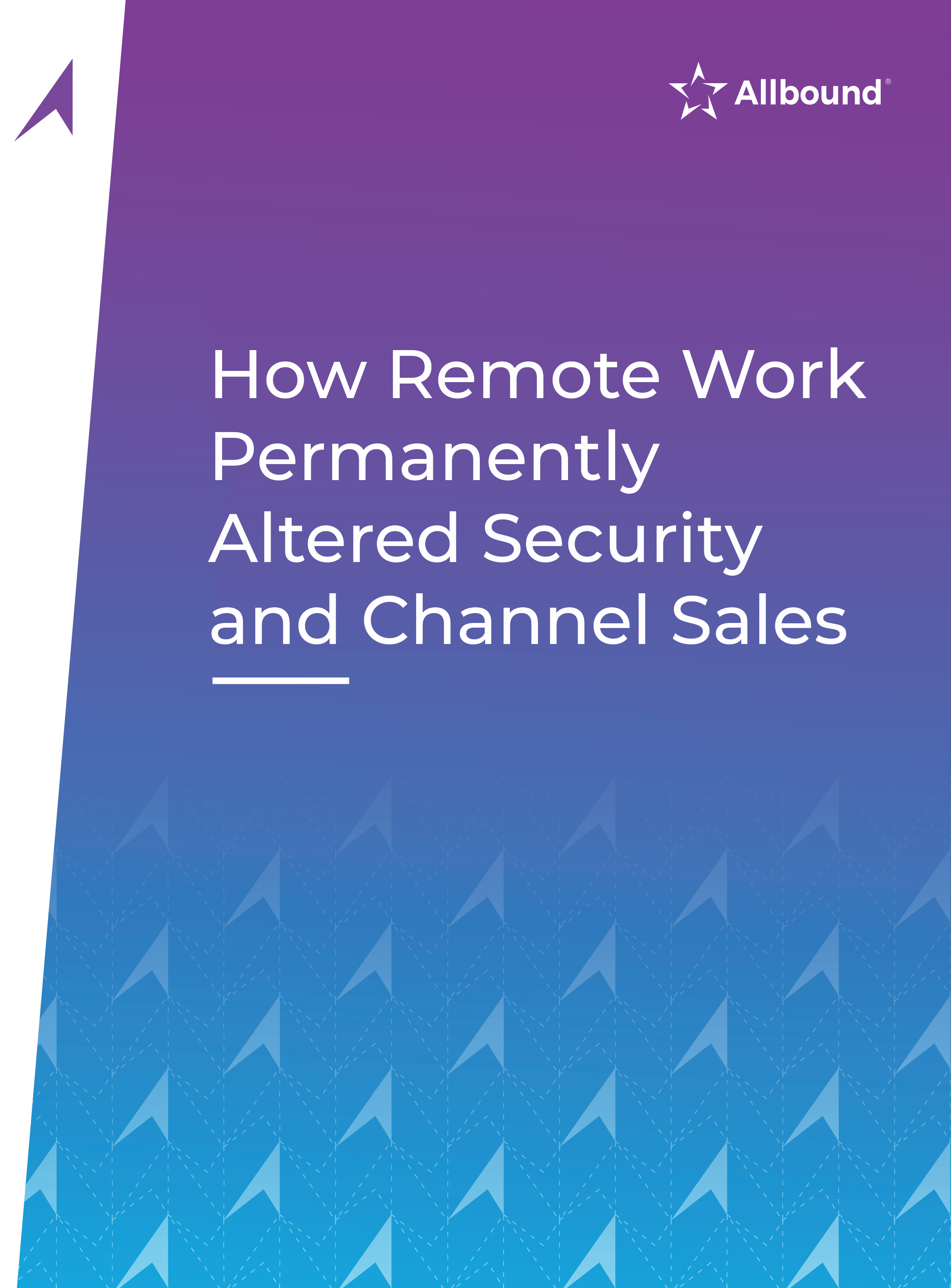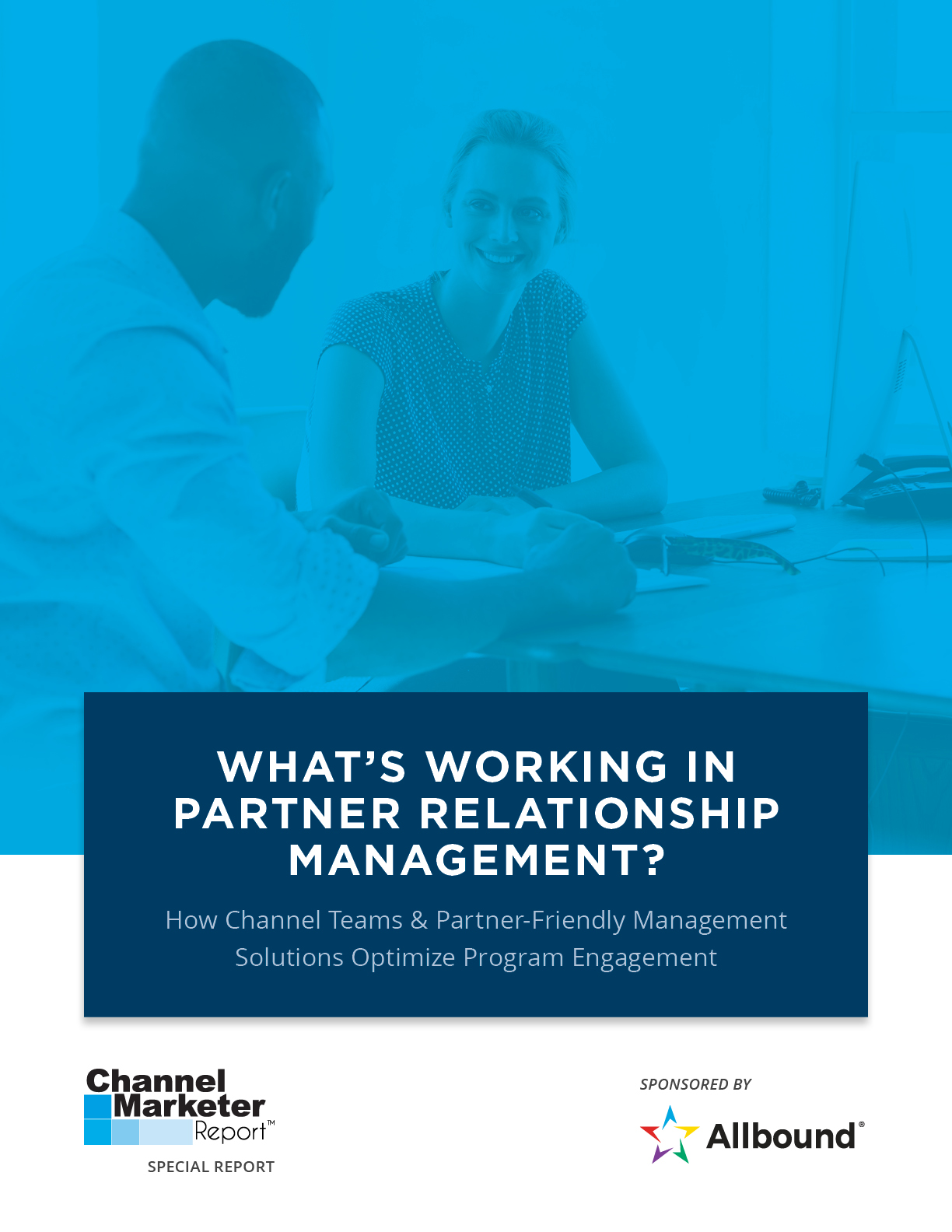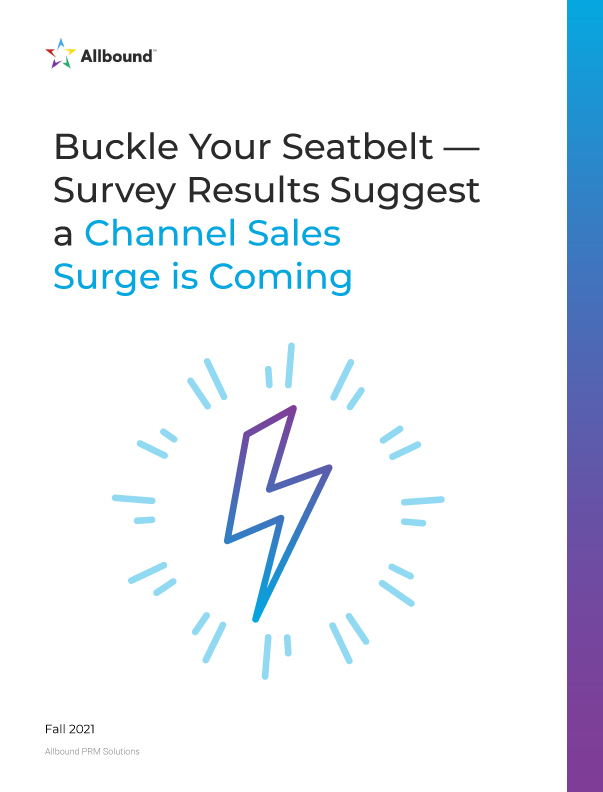Topics
To Gate Or Not To Gate Content: Using Forms To Generate Quality Leads

With more buyers turning to content such as white papers, E-books and infographics to learn more about relevant industry trends and specific solutions, it’s natural for organizations to focus more on using these assets to generate leads than to educate prospects and drive advocacy.
That is why so many companies are relying more on forms to encourage buyers to “raise their hand” and start the sales conversation. However, by keeping content locked up and preventing executives from obtaining basic information to start their browsing and buying journeys, the lead nurturing process can stop before it even starts.
Organizations across sales channels — from vendors, to partners and solution providers — must understand the value of specific content formats, as well as their role in different stages of the buying the funnel.
A research brief released by SiriusDecisions, titled: Web Content Access: Removing the Guesswork, recommends four criteria for gating content, which include:
- Understand the content objective: Why is your organization creating the asset?
- Speak to a specific audience: What is the industry you’re addressing and what part of the buying stage is the executive in?
- Determine the value: What unique information will executives get out of the asset?
- Verify exclusivity: How unique is the information you’re providing through the piece? Is it information buyers can simply search for online?
Following these four bullet points enables organizations to determine whether gating a specific type of content will impact whether a person will click to learn more or simply abandon a web site.
In fact, the B2B space is combating an “over-abundance of late-stage, product-specific and gated content,” Michael Brenner, Senior Director of Integrated Marketing and Content Strategy for SAP, explained in a B2B Marketing Insider blog post. “This content is great for buyers who are ready to ‘buy now.’ And marketers should employ strategies to identify and capture every one of these leads that we can for our businesses.”
However, because not everyone is ready to dive into the buying process and sales conversations, many compare “form-happy” content to businesses “asking prospects to marry them before their first date.” As Brenner noted: “There is a reason the so-called ‘marketing funnel’ is bigger at the top representing early-stage buyers: there are many more of them than there are late-stage buyers.”
Weighing The Benefits Of Un-Gated Content
To better assist B2B organizations in developing winning lead generation strategies using content, HubSpot created a blog outlining the pros and cons of form-free content, as well as how organizations can decide whether or not to gate their assets.
Key benefits of form-free content, according to the HubSpot blog, is that these pieces:
- Are sharable: If content can be accessed easily, there is a greater chance people will share it. And with the growing influence of social media, it is becoming easier for organizations’ content to go viral.
- Have better SEO: Un-gated content allows marketers to have more keyword-optimized indexed pages, according to the blog, which allows assets to get more exposure on search engines.
Together, these two benefits not only improve brand and content exposure, but also increase likelihood that other people will relate to or enjoy the content and share it on their own terms.
But to effectively leverage forms to gate content, organizations must have a firm understanding of the buyer journey, according to Elle Woulfe, Director of Marketing Programs for Eloqua. During her presentation at the 2012 Content2Conversion Conference, titled: From Content To Customer, Woulfe spotlighted each phase of the consideration and buying process, as well as the form of content that is most effective within each stage. Gleaning more insight on optimal content mapping and gating strategies, Woulfe shared Eloqua’s framework and ideal content for each phase. The buying journey includes the following:
- Suspect (everyone in a company’s target market): During this stage of the buying cycle, suspects “aren’t just people who might buy your product, but also everyone who may consume or share your content,” Woulfe explained. As a result, the most effective content for this stage hones in on specific trends or strategies that speak to a specific market. At this stage, organizations also want to set the stage for their brand, messaging and overall image to pique interest. Optimal types of non-gated collateral, according to Woulfe, include infographics, non-demo videos, and blogs, which should act as the “hub” of a brand’s publishing engine.
- Prospect (anyone who has taken action and “raised their hand” to receive more information): Prospects are buyers that have actively supplied personal information in return for additional content.
“The problem is many people call this lead,” Woulfe said. “People who are generally interested in your content aren’t necessarily sales ready. We usually put these prospects through a lot more paces before we decide who should go to sales.”
While it is best to utilize content that appeals to general interests in this phase, organizations can begin to integrate messaging that may apply to specific topics/subjects offered by specific companies. For example, E-books and guides, chapters from physical books, analyst reports and webinars act as “content-as-a-service,” which is determining “how you can help a buyer at this stage understand something that may not be germane to them,” Woulfe explained. Organizations can drive downloads via email, paid ad/display, direct mail, as well as in-person and online events.
- Lead (a prospect is acknowledged as an ideal buyer in terms of actions and fit, because they meet ideal customer profile and may need a specific solution): Once a prospect fits a specific criteria as determined by sales and marketing, organizations can send high-value content that “more directly address company business pains,” according to Woulfe. White papers, case studies, webinars, video demos, product comparisons and other assets help accelerate the buying cycle to turn leads into opportunities. These assets typically are gated.
- Opportunity (A lead ready to buy in terms of overall fit and need based on behaviors): During this phase, buyers need to be educated with the best resources to help them make an educated purchase decision. Features and offerings, such as ROI calculators and pricing lists create an ideal opportunity for buyers to interact with a company and learn the value of specific solutions. To help create an effective brand experience, organizations can bundle content suited for the opportunity stage of the buying cycle into a single “content center.”














